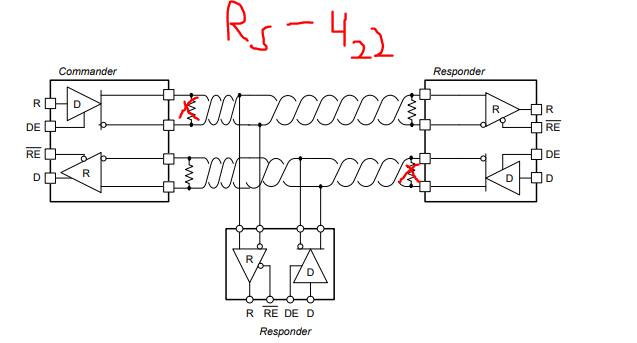Other Parts Discussed in Thread: THVD2412V, THVD2452V
Hi team,
My customer is using our THVD2410V whose datasheet says it can also support RS422.
So could you please kindly help check if we have a typical circuit for RS422 with our THVD2410V to share with the customer?
Thanks,
Brian



